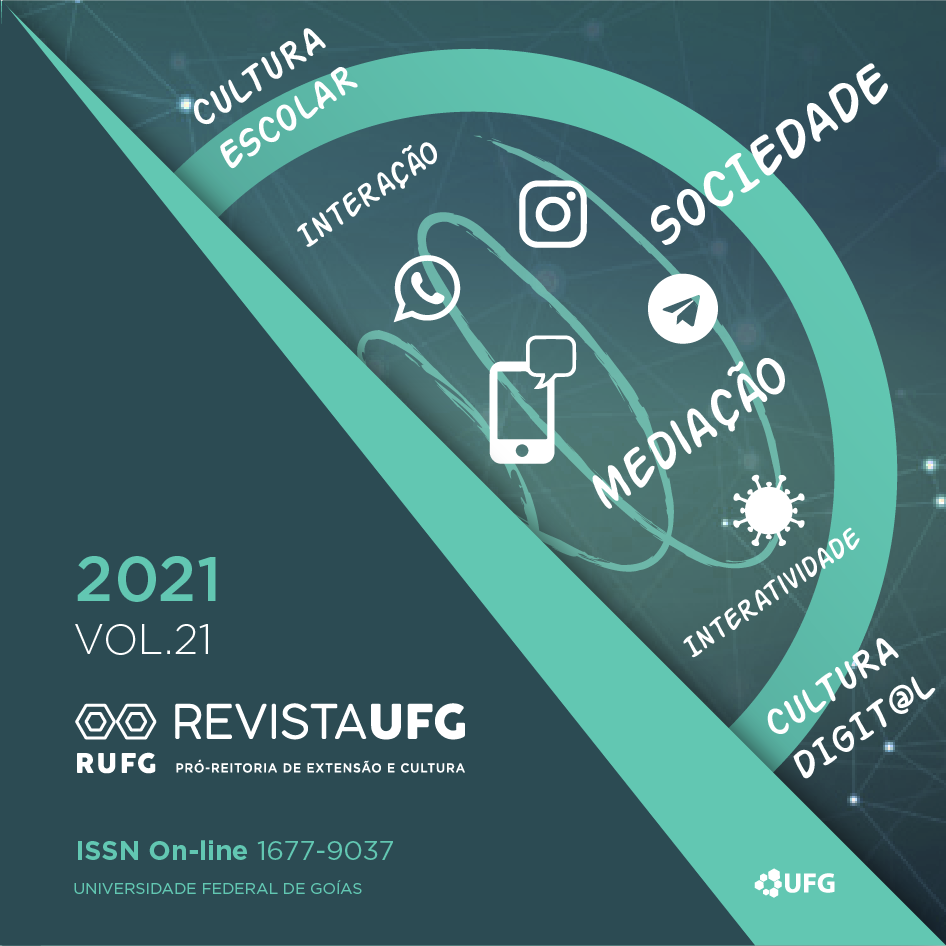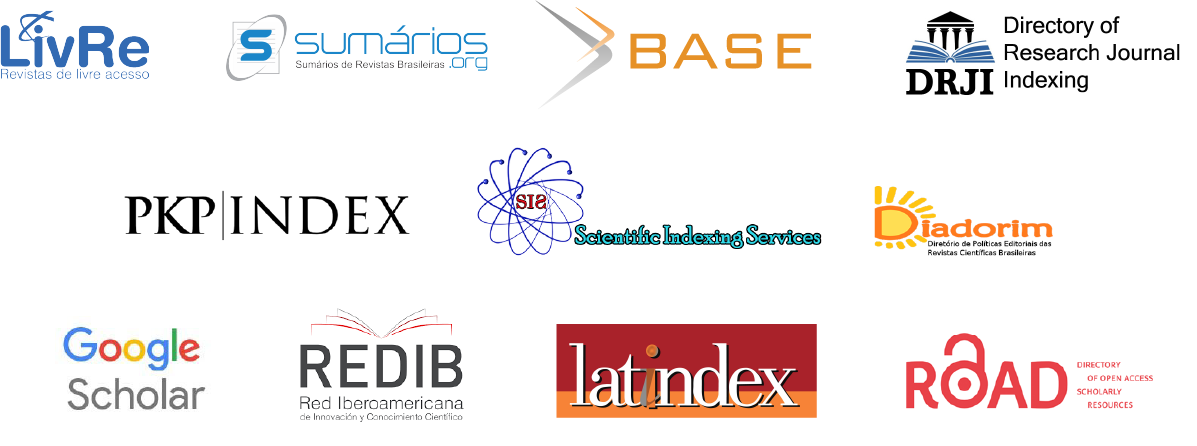Design thinking in nature science teaching
what are the objectives and applications in published papers between 2010 and 2020?
DOI:
https://doi.org/10.5216/revufg.v21.69657Abstract
The frequent use of active methodologies in the classroom has been transforming the educational environment and the teacher/student relationship with the teaching and learning process. design thinking (DT) methodology is one of them and its use is starting to become present in teaching practices. In order to observe the DT in teaching, this research aimed to analyze the objectives and applications of published works on design thinking in the teaching of natural sciences. For this, we carried out a systematic literature review of publications between 2010 and 2020. The research was based on two guiding questions: “What are the objectives of the works published on design thinking in the teaching of natural sciences? And which applications were carried out in these works?”. The results show that the use of design thinking, even if increasing in classrooms, is still little used in the area of natural sciences. In addition, we identified its application in three different ways in the educational sphere (as an innovation approach; as a problem-solving methodology; as a teaching and learning strategy). Although there are difficulties for the insertion of this methodology, the works show that for teachers and students, when this methodology is applied, the results are considered satisfactory. Finally, the use of design thinking as an active methodology in the teaching of natural sciences can contribute to the construction of knowledge in a creative and innovative way.
Downloads
Downloads
Published
How to Cite
Issue
Section
License
Revista UFG uses the Creative Commons CC-BY (4.0) - Attribution 4.0 International license for open access journals (Open Archives Initiative - OAI) as a basis for transferring rights.
Authors who publish in this journal agree to the following terms:
1) Authors may distribute, remix, adapt and build upon their work, even for commercial purposes, as long as they give UFG proper credit for the original creation. Authors may copy and redistribute the material in any medium or format.
2) Authors are allowed and encouraged to publish and distribute their work online (e.g., in institutional repositories or on their personal page) at any point before or during the editorial process, provided that reference is made to the place of publication origin, that is, the electronic address/reference of Revista UFG.
3) The authors of works published in Revista UFG are expressly responsible for their content.
4) All works submitted to Revista UFG that have images, photographs, figures in their body must be accompanied by a term of assignment of copyright of the author, of the participating member of the image and, in the case of children, of the relatives of the exposed children , with their data and signature.
Access the IMAGE USE AUTHORIZATION TERM document here.










